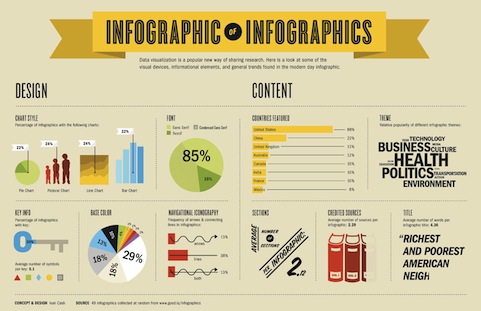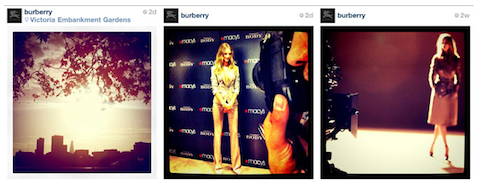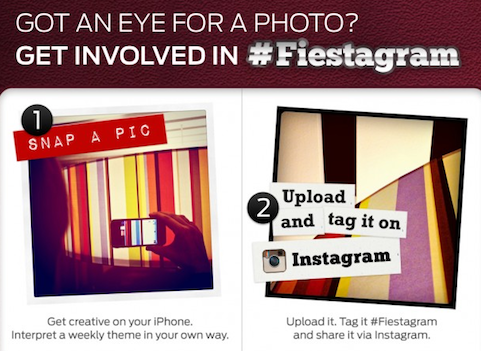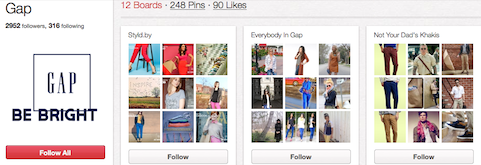Why catching the eye of your customers is socially important

Visual images are becoming increasingly important in our society with the proliferation of screen-based technology and advertising.
Pictures and video offer a quick way for us to consume information in an easily digestible form in a time poor society. It also makes them easy to share particularly through social media.
Facebook, Twitter and even LinkedIn have realised that pictures and videos are being increasingly shared. Regular tweaks to their formats have made them more visual in an attempt to gain or hold their position in the market. Even YouTube is updating its layout to become more visual.

But it has been the growth of two new comers to the social media scene that has radically shaken social media. A challenge to Facebook’s dominance was not likely to come from sites imitating their platform but from the innovation of very different social media sites.
Instagram has shown strong growth despite its reliance on iPhone technology. The mobile application does something very simple. It lets anyone take photos, quickly edits them and then shares them with your friends. The whole ethos behind the site is to take reportage shots from the hip rather than carefully posed shots.
Brands like Burberry and Gucci are already taking advantage of this platform by creating accounts that tell a story about their brand or by creating competitions that tap into visual images.



Levis has been searching for their new ‘face’ using Instagram whilst Ford has used it to create consumer competitions to promote the new Fiesta design.
Pinterest is a social media site based on a very simple idea – a pin board. It allows users to gather images and even video from other websites and create referring links back to the original source. Unlike Google+, it hasn’t tried to dictate what it should be used for and users have quickly identified how they want to use the site.
This has led to users creating fashion wish lists that allow individuals to mix and match images from different stores before clicking through to purchase their goods. It has led it to become the biggest referrer of retail traffic by a social media site.
A similar story has been seen in the beauty, food and craft markets. Companies like GAP, GE and Southwest Airlines have already built boards for campaigns and product groupings.

Intellectual Property lawyers have been twitchy about the growth in image based social media. Whilst it might be in the interests of a High Street clothes shop to make sure people share their images, designers and artists claim it makes it difficult to find the true creator of a work. A mix-up recently left a US company with a sizeable legal claim over the copyright on an image on its website.
To take full advantage of these social media sites, companies need to change their thinking about their brand image. Investment in graphics, photography and film is essential to make sure they have the raw materials to regularly post on social media sites. Companies also need to learn when to ‘lower the bar’ and understand when a ‘quick snap’ at an events works best and when a ‘professional shoot’ is needed to capture the brand and make a real impact.
So whichever way you look at it, images are the future of social media and they way organizations can catch the attention of the public whether that future is on Facebook, Twitter or newer platforms like Pinterest and Instagram.
Posted by Thomas Atcheson.
